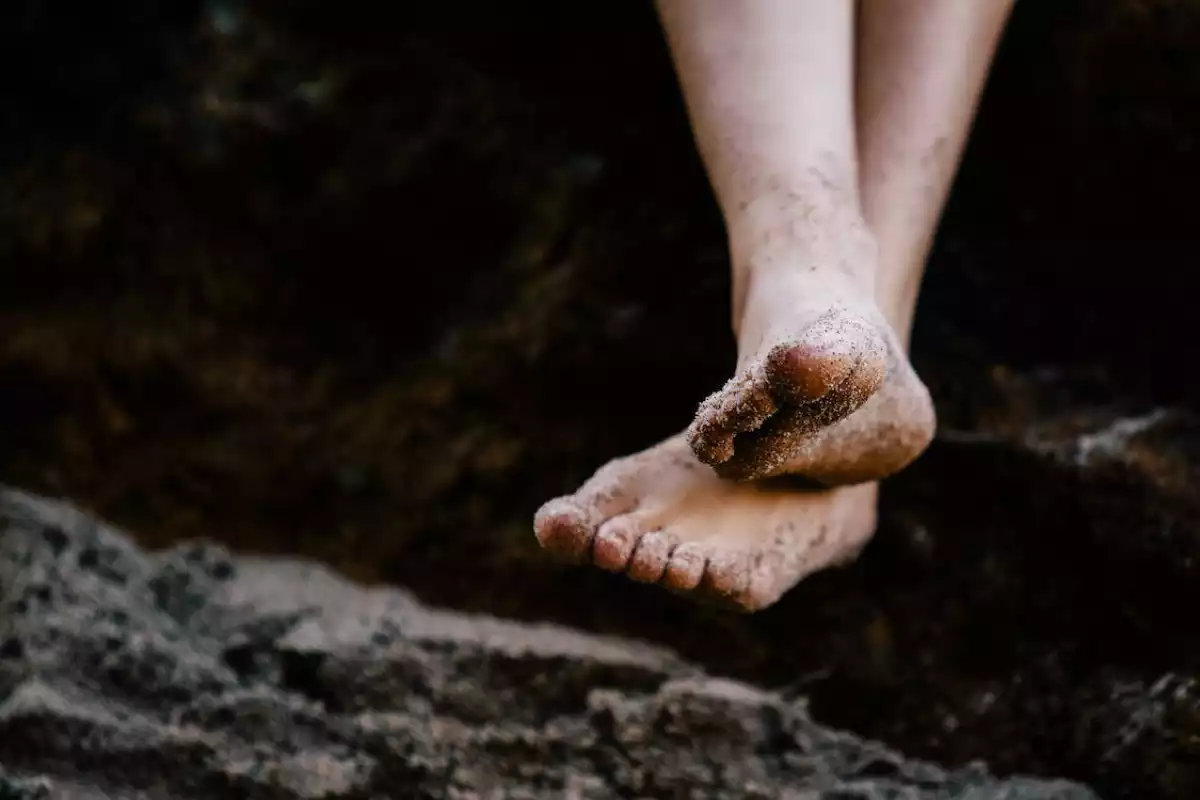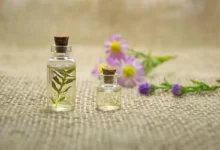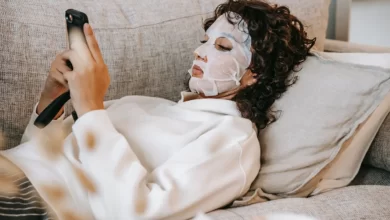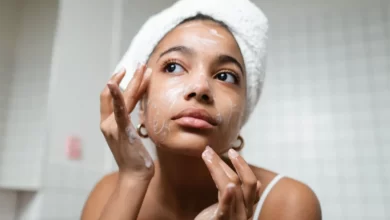When it comes to personal grooming and self-care, our feet often take a backseat. However, neglecting foot care can lead to various issues like dry and cracked heels, calluses, and discomfort. Thankfully, achieving soft and smooth feet doesn’t require expensive salon treatments. With a little dedication and some DIY foot care, you can pamper your feet in the comfort of your own home. Join us as we explore effective DIY foot care routines and treatments that will leave your feet feeling rejuvenated.
Why Foot Care Matters
Our feet are subjected to constant stress and strain. Whether it’s standing, walking, or running, they bear the weight of our entire body. As a result, the skin on our feet can become dry, rough, and callused. Proper foot care is essential not only for cosmetic reasons but also for maintaining overall foot health. Ignoring foot care can lead to discomfort, pain, and even infections.
DIY Foot Care Routine
**1. Foot Soak: Begin your foot care routine with a relaxing foot soak. Fill a basin with warm water and add Epsom salts, a few drops of essential oil (lavender or peppermint), and a tablespoon of baking soda. Soak your feet for 15-20 minutes to soften the skin and prepare them for the next steps.
**2. Exfoliation: After the foot soak, use a homemade scrub to exfoliate the dead skin cells. Mix sugar or salt with olive oil or coconut oil to create a natural scrub. Gently massage the scrub onto your feet in circular motions, paying extra attention to rough areas like heels and the balls of your feet.
**3. Nail Care: Trim your toenails straight across to prevent ingrown nails. Gently file the edges to smooth them out. Avoid cutting the nails too short, as it can lead to discomfort and ingrown nails.
**4. Cuticle Care: Push back your cuticles using a cuticle pusher or a clean orange stick. Avoid cutting the cuticles, as they serve as a protective barrier against infections.
**5. Moisturization: After exfoliation, it’s time to moisturize your feet. Opt for a rich foot cream or a thick body butter. Massage it into your feet, focusing on the heels and other dry areas.
**6. Heel Balm: If you have particularly dry and cracked heels, consider applying a specialized heel balm. These balms contain ingredients like urea and salicylic acid that help to soften and repair the skin.
**7. Foot Massage: Treat your feet to a relaxing massage. You can use a tennis ball or a foot roller to roll under your feet, applying gentle pressure. This not only feels great but also improves blood circulation.
Treating Common Foot Issues

Calluses: To address calluses, use a pumice stone after your foot soak and gently rub it over the callused areas. Remember not to be too aggressive, as overdoing it can cause irritation.
Cracked Heels: For cracked heels, apply a thick layer of moisturizer or heel balm before bed. Put on a pair of clean cotton socks to lock in the moisture overnight. Regular application will help heal and prevent further cracking.
Ingrown Nails: Soak your feet in warm water to soften the skin around the ingrown nail. Gently lift the edge of the nail using a clean and sanitized tweezer to encourage it to grow above the skin.
Odor Control: To combat foot odor, soak your feet in a mixture of warm water and apple cider vinegar. The acidic properties of vinegar can help kill odor-causing bacteria.
Footwear and Maintenance
Proper footwear and maintenance play a pivotal role in the overall health and comfort of your feet. The shoes you wear, how you care for them, and the way you maintain foot hygiene all contribute to the well-being of your feet. Let’s delve deeper into the importance of footwear and effective maintenance practices:
Choosing the Right Footwear
Proper Fit: Ill-fitting shoes can lead to a range of foot problems, from blisters to bunions. Ensure that your shoes fit well in terms of length, width, and arch support. Your toes should have enough room to wiggle, and there should be no pinching or rubbing.
Arch Support: Different individuals have different arch types – high, neutral, or low. Choose shoes that provide adequate arch support based on your arch type. This support helps distribute your body weight evenly and prevents strain on your feet.
Material: Opt for shoes made of breathable materials, like leather or mesh, to allow proper air circulation. This reduces the risk of fungal infections and unpleasant foot odors.
Activity-Specific: Wear shoes appropriate for the activity you’re engaging in. Athletic shoes for sports, supportive shoes for long walks, and comfortable shoes for daily wear can prevent foot fatigue and discomfort.
Heel Height: If you’re fond of high heels, try to limit their use. Prolonged wear of high heels can strain your feet, leading to pain and conditions like plantar fasciitis.
Footwear Maintenance
1. Regular Cleaning: Keep your shoes clean and dry to prevent the buildup of bacteria and fungi. Use a damp cloth to wipe the exterior, and sprinkle baking soda inside to absorb moisture and odors.
2. Rotation: Avoid wearing the same pair of shoes every day. Rotating between different pairs gives each pair time to air out and reduces the risk of bacterial and fungal growth.
3. Insoles: Replace the insoles of your shoes periodically, especially if they’re worn out. You can also use orthotic insoles to provide extra support and cushioning.
4. Laces and Straps: Ensure that laces, straps, and buckles are properly adjusted. Loose or tight fastenings can affect the fit and comfort of your shoes.
5. Heel Care: Check for any signs of wear on the heels of your shoes. Worn-out heels can alter your gait and cause foot pain.
Conclusion
Regular DIY foot care is a wonderful way to pamper yourself while maintaining healthy and beautiful feet. By following a simple routine and addressing common foot issues, you can enjoy the benefits of soft, smooth, and comfortable feet. Remember, consistency is key, so set aside some time each week to give your feet the attention they deserve.









